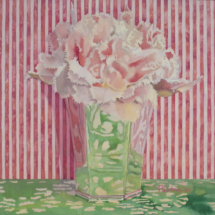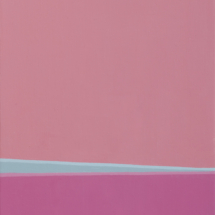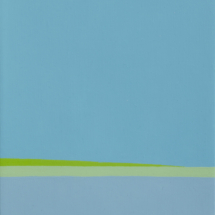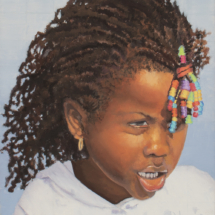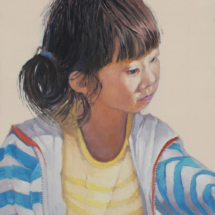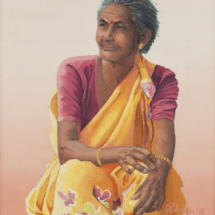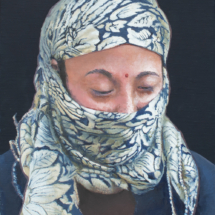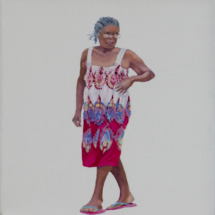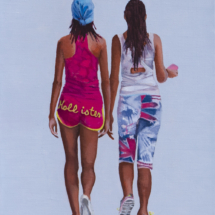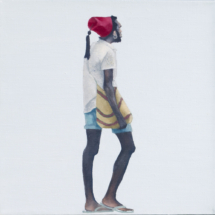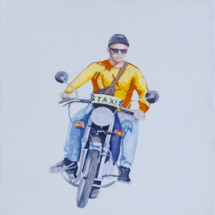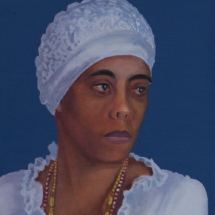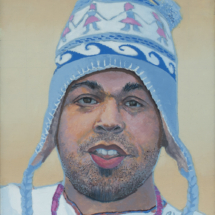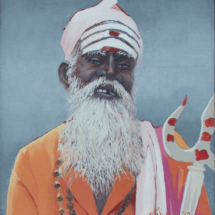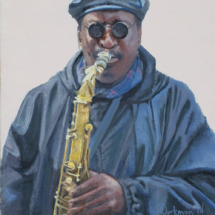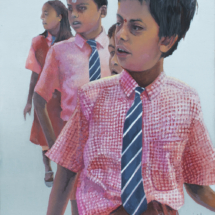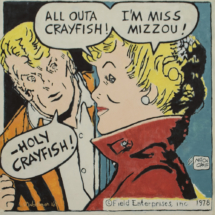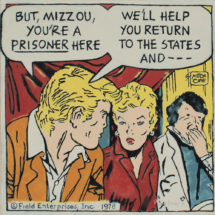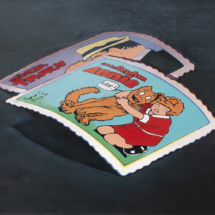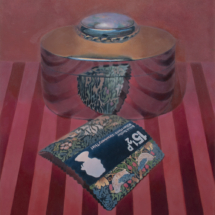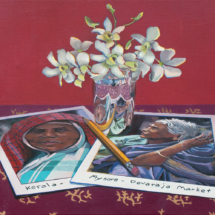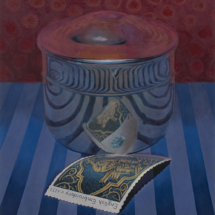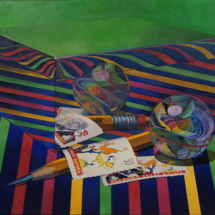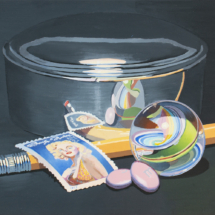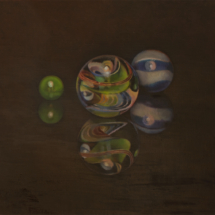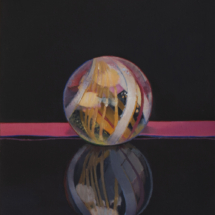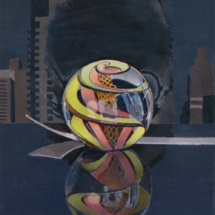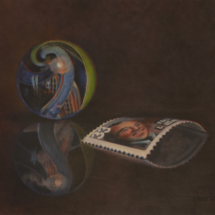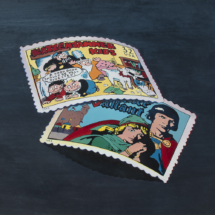Biography
Pamela Workman received her BFA from the Columbus College of Art and Design and MFA from Pratt Institute in New York City. While at Pratt she received the Certificate of Excellence Award for Outstanding Merit in Graduate Fine Arts for Painting. Shortly after graduating from CCAD as Valedictorian, she served as a Trustee for nine years and as Chairman on the college’s Committee on Academic and Student Affairs. Exhibitions include “Scaling Interiority” (2006), a solo show at the Albrecht-Kemper Museum, St. Joseph, Missouri; “Upscaled/Downsized: Intimate and Meticulous” (2009) at the Willard Winkelman Gallery, Bowling Green State University; and “Still Life Now” (2011) at ArtSpace/Lima, Lima Ohio. The artist is known for meticulously rendered still lifes, paintings that aren’t so much still lifes per se as meditations on surface, light, and reflection. In addition to working in oils, Workman has produced an artist book titled “Measured,” which features drawings based on photos of people she took during her travels. The artist lives in Columbus and New York City.
Statement
Compositional tour de force and color nuance are endlessly interesting to me. Perhaps it seems as if I paint the same things again and again, but each painting is different. I choose glass marbles, postage stamps, reflective surfaces, pencils, fruit, photographs and printed materials to create the perspectival and chromatic relationships I like to explore. Those objects are richly colorful, formally compatible, culturally and historically iconic, and challenging to render. As I work, the juxtaposition of hue against hue and the distortions caused by foreshortening or anamorphism are my principle focus. To my mind, the object loses material sensibility as burnished color and essential line emerge. When I paint a very large canvas, a sort-of Wonderland shift occurs in my mind, causing the still-life to become what I call a psychic-landscape. I am subsumed by the color and distortion–I feel that I am in the painting.
Recently, in addition to long term observation, I have used photography and computers as part of my process. During a trip to India, I took thousands of photographs. My reflections on that experience spin with the energy of an ancient and enduring people. Similarly, in addition to looking at a very real set-up of tiny stamps and rolling marbles, I take hundreds of photos of the still-life in order to extract details I cannot see without magnification. Technology, however, is not always useful. The colors in photographs are not as exacting or varied as those seen in life. In all cases, I rely on seeing the object with my eye when mixing color.

